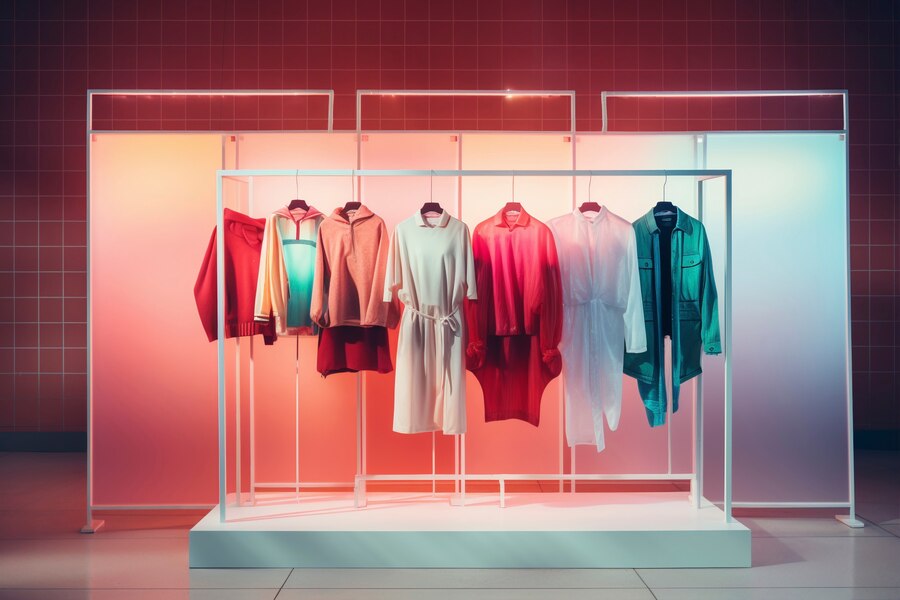Sustainability and fashion are an attempt to blend two complicated and contradictory trends of this century. The growing awareness in sustainability through eco-initiatives, campaigns and sustainable products and development is often an attempt to be committed to care for our common home. Brands, trends, fashion industries have stretched their vision from economic prosperity to environmental sustainability through innovative key changes in their approach.
Brands, retailers and their value chain partners are at crossroads to redefine their business models with the current changing climate and worse standards of living which threaten the very foundations of fashion. Interestingly, consumers demonstrate a shift in focus from materialism to product quality and environmental and ethical quality.
Sustainability reports from top brands envision the future of fashion. In a world of accumulation of commodities where one buys more and uses less, redefining fashion is an attempt to disrupt consumption on behavior by changing the way people buy. With the example of Vestiaire Collective, a top eco-friendly brand has achieved in the field of resale- prolonging the lifespan of an item, fighting overconsumption and establishing upscale effect and durability boost.

The fashion industry addresses serious environmental challenges considering the production process. Water consumption, pollution, the use of fertilizers and pesticides, chemical treatment for dyeing, energy consumption and greenhouse gas emissions are key areas which are constantly addressed while a product is under production. The fashion industries have set ambitious goals of preventing almost 3X more emissions than they generate. In the report by Vestiaire Collective, 194k tons of CO2 was avoided since 2009 which emerges as an epitome in sustainability.
The key developments in fashion industries to promote sustainability can be briefly looked at this way. Primarily the need to curtail the Carbon intensity is set by ‘Keeping it local’ initiative wherein products need not be exported on a regular basis through air. A path-breaking move in reducing packaging waste by replacing polypropylene pouches with recycled cotton, replacing multiple paper labels to one, attempting small changes with a big impact. The choice of locations to bring a positive impact on the community and provide job opportunities are undertaken widely.
Research and surveys into consumer behavior are fundamental in achieving fashion trends. With a determined view to promote sustainability, firsthand base purchase is targeted to bend the curve of overconsumption. The goal of promoting secondhand fashion trends is a target set goal to bend the production curve at a desirable outcome.
One of the important areas which requires attention is waste disposal of fashion trends factories and product packaging. A proper disposal of waste results in preserving soil communities, flora and fauna of different disposal sites, water bodies and reducing pollutants both primary and secondary.
Fashion trends with the growing awareness of environmental crisis is a well-articulated and discerned initiate to move towards sustainability with small changes and global impacts. Top brands which are spread worldwide can be leading examples to promote such campaigns to achieve green harmony. Fashion and sustainability are a benchmark set to preserve the environment for the future.
“Fashion shouldn’t cost the Earth”
Written by: William Santosh | Edited by: Nandni Ranpara



